In today’s data-driven world, businesses generate vast amounts of information every second—from website traffic and social media interactions to sales transactions and customer feedback. However, raw data alone is not enough. To extract meaningful insights, organizations need advanced tools that can analyze, interpret, and predict outcomes accurately and efficiently.
Enter Artificial Intelligence (AI) Analytics Tools—software solutions powered by machine learning, predictive algorithms, and natural language processing (NLP) that transform raw data into actionable insights. These tools not only automate the process of data analysis but also help organizations make smarter decisions, optimize performance, and stay competitive in 2025.
In this comprehensive guide, we will explore the world of AI analytics tools, their importance, the best platforms available today, real-world use cases, benefits, challenges, and future trends shaping the industry.
Table of Contents
1. Understanding AI Analytics Tools
- What Are AI Analytics Tools?
AI analytics tools are software applications that use artificial intelligence technologies—such as machine learning, deep learning, and NLP—to process and analyze data automatically. Unlike traditional analytics tools that rely heavily on manual input, AI analytics tools can:
- Identify patterns and trends in large datasets
- Predict future outcomes based on historical data
- Generate actionable insights for business strategy
- Automate reporting and visualization tasks
- How AI Analytics Differs from Traditional Analytics
Traditional analytics involves manual data processing and static reporting. While it provides valuable information, it is limited in its ability to handle complex datasets, real-time analysis, or predictive modeling. AI analytics, on the other hand, offers:
- Automation: Reduces human effort in data processing
- Predictive Power: Forecasts trends, customer behavior, and business outcomes
- Natural Language Understanding: Interprets unstructured data such as text, audio, and images
- Real-Time Insights: Provides instant analysis for faster decision-making
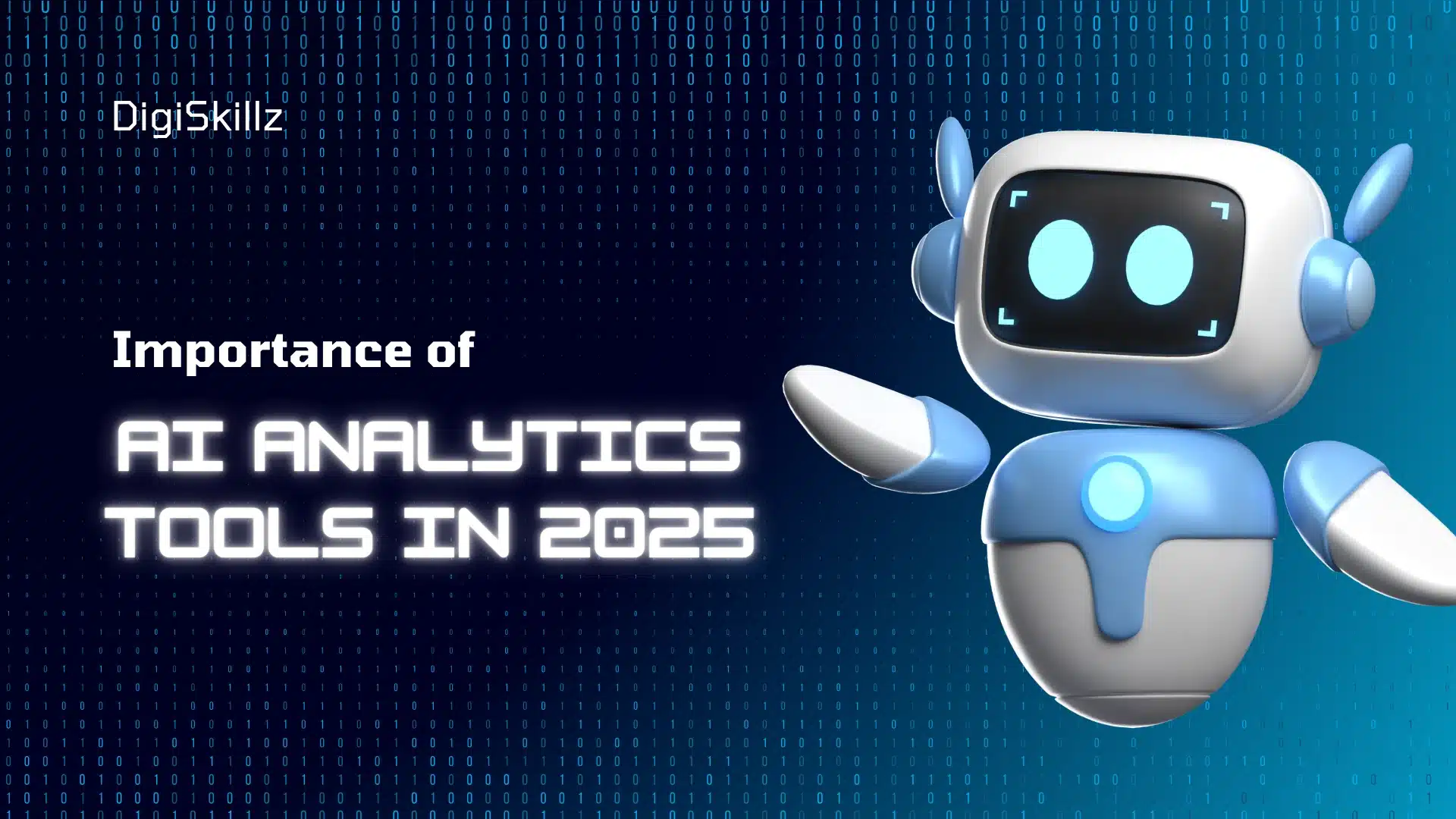
2. Importance of AI Analytics Tools in 2025
AI analytics tools are no longer optional—they are essential for businesses aiming to stay competitive. Here’s why:
Enhanced Decision-Making
AI analytics allows decision-makers to base strategies on data-driven insights rather than intuition. Predictive models can forecast sales, customer churn, and market trends, enabling proactive decision-making.
Increased Operational Efficiency
By automating data collection, cleaning, and analysis, AI tools save time and reduce human error. Teams can focus on strategy and innovation rather than repetitive tasks.
Real-Time Monitoring
With AI-powered dashboards, businesses can monitor performance in real-time, identify anomalies, and respond immediately to changes in trends or customer behavior.
Personalization and Customer Insights
AI analytics helps businesses understand customer preferences at a granular level, enabling personalized marketing, product recommendations, and improved user experiences.
Competitive Advantage
Organizations leveraging AI analytics gain insights faster than competitors, enabling them to innovate and adapt to market shifts ahead of time.
Key Features of AI Analytics Tools
When evaluating AI analytics tools, several key features distinguish advanced platforms from basic analytics software:
Predictive Analytics
Uses historical data to forecast future trends
Identifies risks and opportunities before they occur
Examples: Sales forecasting, demand prediction, customer churn analysis
Natural Language Processing (NLP)
Analyzes unstructured data such as emails, social media posts, reviews, and chat conversations
Extracts sentiment, trends, and insights automatically
Example: Social media sentiment analysis
Machine Learning Algorithms
Detects patterns and anomalies in large datasets
Continuously improves predictions over time
Example: Fraud detection in banking transactions
Data Visualization and Dashboards
Presents data insights through charts, graphs, and interactive dashboards
Allows easy interpretation and sharing with stakeholders
Example: Real-time KPI dashboards
Automation and Workflow Integration
Automates repetitive reporting and data updates
Integrates seamlessly with CRMs, marketing platforms, and business intelligence tools
Example: Automated marketing performance reports
Real-Time Analytics
Monitors live data streams to detect trends instantly
Enables faster decision-making and response
Example: Website traffic spikes and server load monitoring
Top AI Analytics Tools in 2025
Numerous AI analytics platforms are available today, each designed for specific business needs. These are some of the leading and highly effective tools.
Google Analytics 4 (GA4)
Features: Predictive metrics, user journey insights, real-time data
Use Case: Website traffic analysis, conversion tracking, marketing attribution
Why it’s valuable: GA4 integrates AI to identify trends and predict user behavior, enabling businesses to optimize campaigns more effectively
IBM Watson Analytics
Features: Natural language processing, predictive modeling, automated visualizations
Use Case: Market research, customer insights, operational analytics
Why it’s valuable: Watson’s AI-powered engine can handle complex datasets, providing actionable recommendations for strategic decisions
Tableau with Einstein AI
Features: Predictive analytics, interactive dashboards, AI-driven insights
Use Case: Business intelligence, executive reporting, data visualization
Why it’s valuable: Combines Tableau’s visualization capabilities with AI insights to help organizations uncover hidden trends
Microsoft Power BI with AI Integration
Features: Automated insights, machine learning models, natural language queries
Use Case: Enterprise reporting, sales and operations analysis
Why it’s valuable: Users can ask questions in plain language and get AI-generated visualizations instantly
SAS Viya
Features: Machine learning, predictive modeling, data mining, AI-driven analytics
Use Case: Finance, healthcare, retail analytics
Why it’s valuable: SAS Viya supports large-scale analytics and integrates advanced AI models for precise predictions
Qlik Sense with AI Analytics
Features: Cognitive analytics, AI-assisted exploration, real-time insights
Use Case: Business intelligence, data exploration, operational analytics
Why it’s valuable: Its AI engine helps users identify trends and correlations that may be missed with traditional analytics
HubSpot Analytics with AI
Features: Marketing performance insights, predictive lead scoring, customer journey analysis
Use Case: Marketing and sales optimization
Why it’s valuable: AI assists marketers in targeting the right prospects, improving engagement and ROI
Adobe Analytics with AI
Features: Predictive analytics, anomaly detection, customer segmentation
Use Case: Digital marketing analytics, e-commerce optimization
Why it’s valuable: AI-driven recommendations help marketers optimize campaigns and enhance user experience
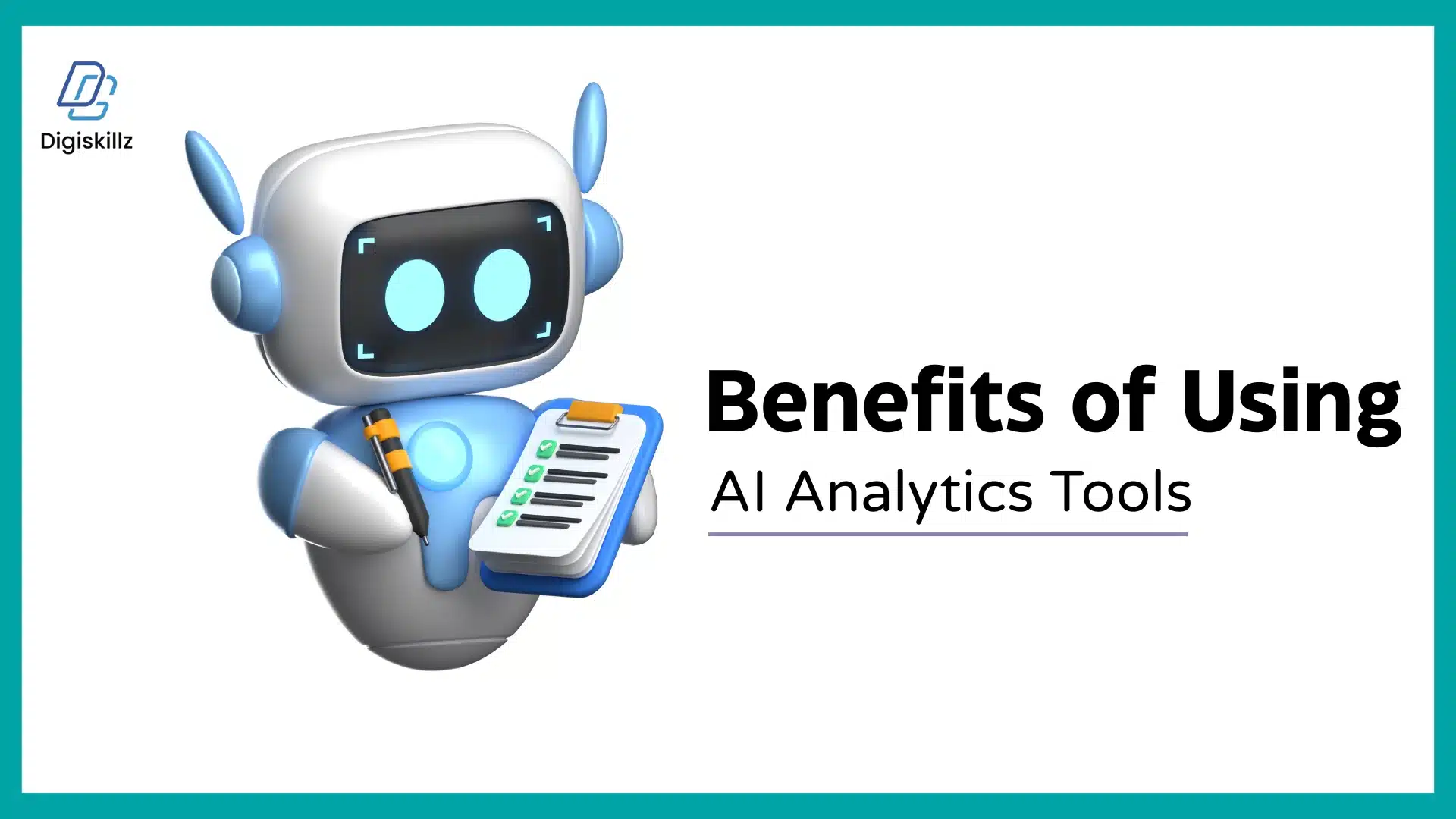
5. Benefits of Using AI Analytics Tools
Implementing AI analytics tools provides significant advantages across multiple aspects of business operations:
- Enhanced Accuracy and Reliability
AI reduces human error by automating data processing and analysis, ensuring insights are more precise and actionable.
- Time and Cost Efficiency
Automating repetitive tasks like data cleaning, reporting, and visualization saves both time and operational costs.
- Predictive Insights
AI analytics tools can forecast market trends, consumer behavior, and operational risks, allowing organizations to plan proactively.
- Improved Customer Understanding
AI tools analyze customer behavior at a granular level, enabling personalized marketing, targeted campaigns, and better user experiences.
- Real-Time Decision Making
AI-powered dashboards provide instant insights, helping businesses respond to market changes immediately.
- Scalability
AI analytics platforms can handle large volumes of data effortlessly, making them ideal for growing enterprises.
- Competitive Advantage
Organizations leveraging AI analytics can make smarter decisions faster, gaining an edge over competitors.
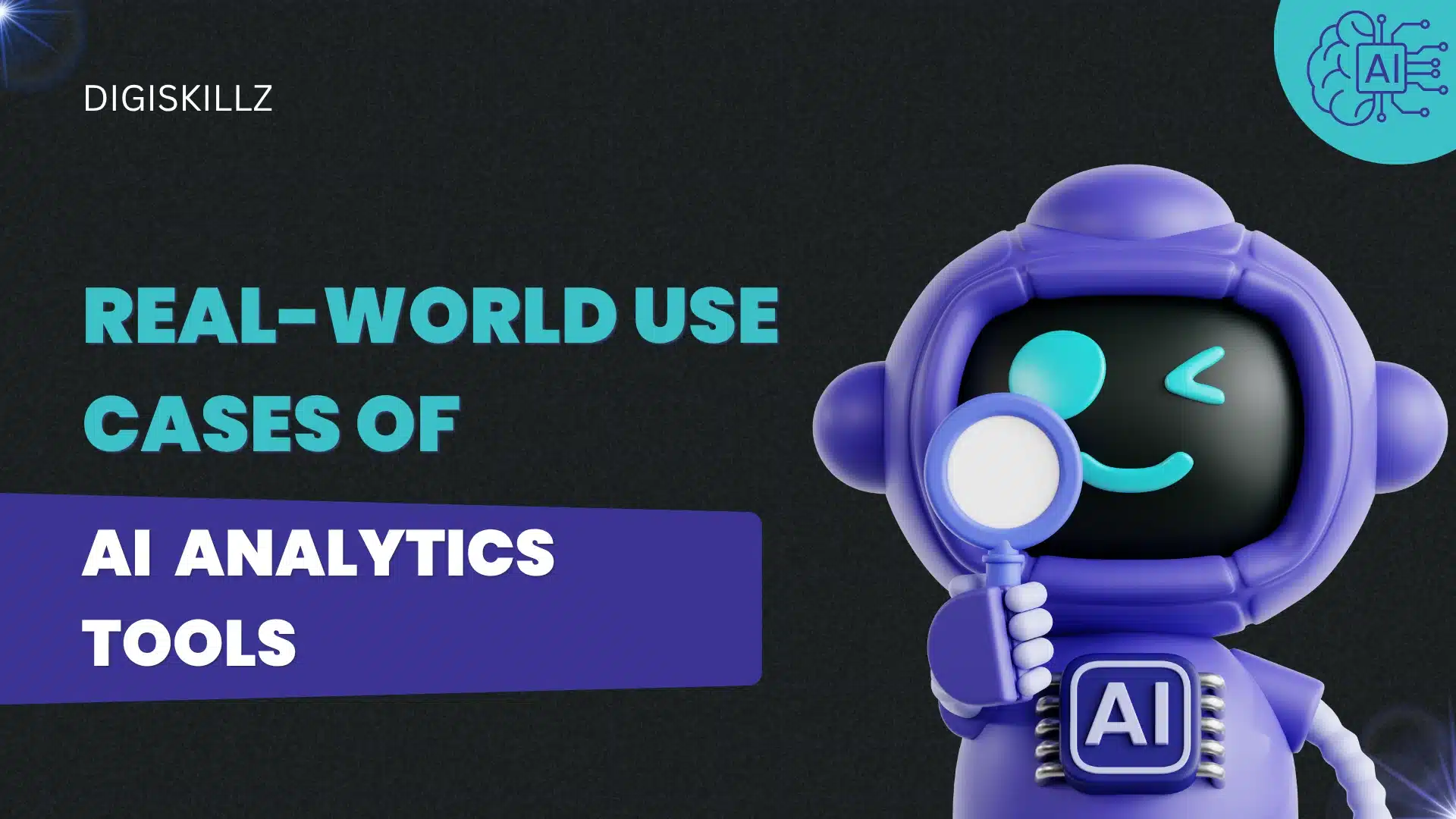
6. Real-World Use Cases of AI Analytics Tools
AI analytics is not limited to one industry. Its applications span multiple domains:
1. Marketing and Customer Insights
- Predicting customer behavior and purchase patterns
- Segmenting audiences for personalized campaigns
- Optimizing ad spend through predictive models
2. E-Commerce
- Product recommendation engines
- Inventory demand forecasting
- Customer churn prediction
3. Finance and Banking
- Fraud detection
- Credit risk assessment
- Investment portfolio analytics
4. Healthcare
- Predictive patient outcomes
- Hospital resource optimization
- Drug research and clinical trials analysis
5.Manufacturing
- Predictive maintenance of machinery
- Supply chain optimization
- Quality control analytics
6.Retail
- Personalized shopping experiences
- Inventory management
- Sales trend analysis
7. Challenges of AI Analytics Tools
Despite their benefits, AI analytics tools come with challenges:
- Data Privacy Concerns
Handling large datasets, especially customer data, raises privacy and compliance issues (e.g., GDPR, CCPA).
- High Implementation Costs
Advanced AI analytics platforms often require significant investment in software, hardware, and skilled personnel.
- Complexity of Use
Many tools require technical expertise in AI, machine learning, or data science.
- Data Quality Dependence
AI is only as good as the data it processes. Poor-quality or incomplete datasets lead to inaccurate predictions.
- Over-Reliance on Automation
Businesses may risk ignoring human judgment, relying solely on AI recommendations without critical evaluation.
8. Best Practices for Implementing AI Analytics Tools
- Define Clear Objectives
Determine what you want to achieve—marketing insights, operational efficiency, predictive analysis, or customer personalization.
- Start Small
Begin with one business function and gradually scale AI integration.
- Ensure Data Quality
Clean, structured, and complete datasets improve AI analytics outcomes.
- Train Your Team
Provide employees with AI and analytics training to maximize tool effectiveness.
- Monitor and Optimize
Continuously track performance and refine AI models to improve accuracy and relevance.
- Integrate Across Platforms
Connect AI analytics tools with CRM, ERP, marketing, and other systems for a holistic view of business performance.
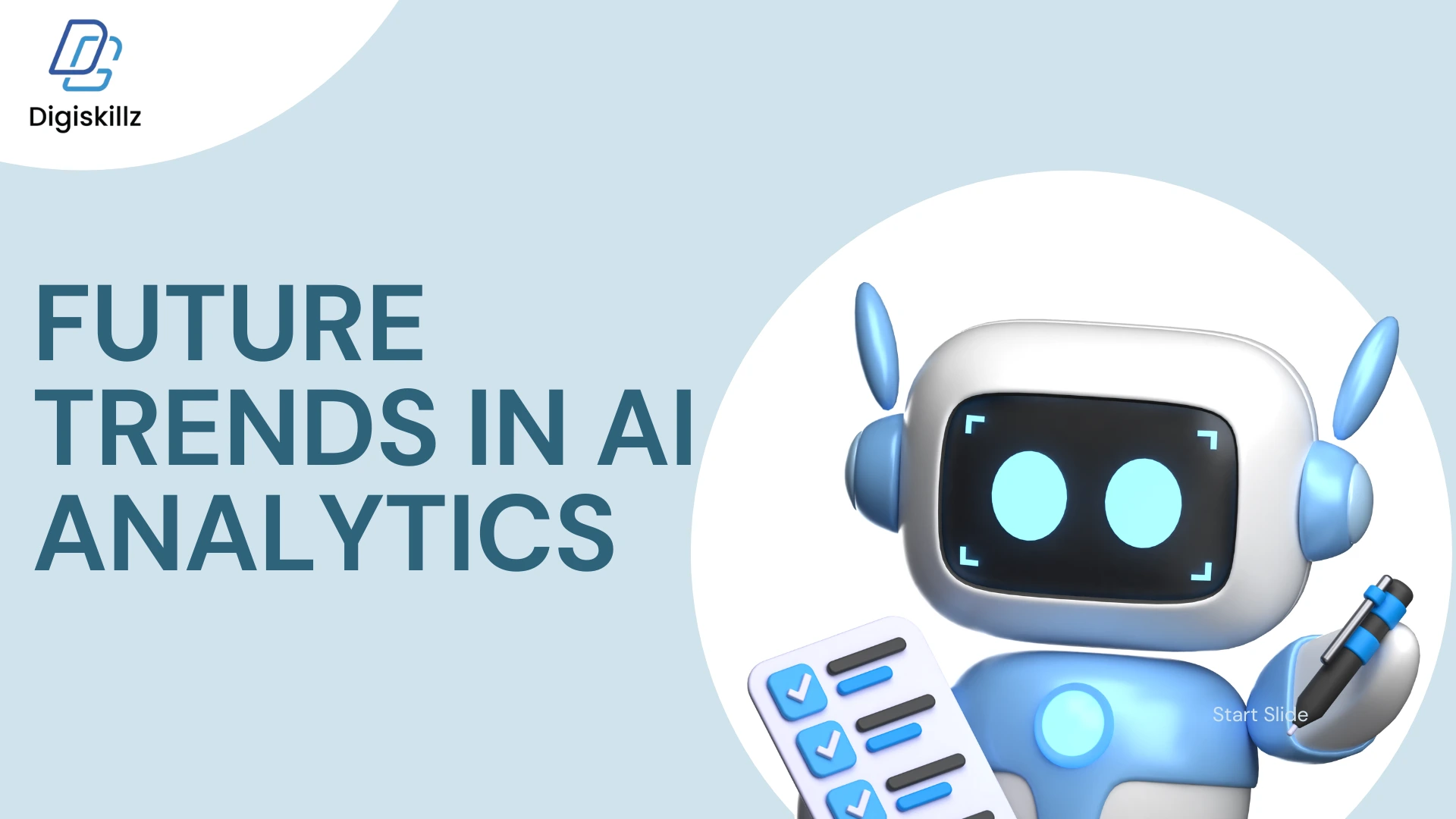
9. Future Trends in AI Analytics
The future of AI analytics promises even more advanced and intelligent capabilities:
- Hyper-Personalized Insights
AI will provide individualized insights for each customer, enabling ultra-targeted marketing campaigns.
- Explainable AI
Organizations will demand AI models that are transparent and explainable, ensuring trust in automated decisions.
- Augmented Analytics
AI will assist humans in interpreting data, suggesting next steps, and generating actionable recommendations.
- AI-Driven Automation
Automated workflows will handle end-to-end analytics processes, from data collection to decision-making.
- Integration with IoT and Big Data
AI analytics will process real-time sensor and device data for smarter operational insights.
- Predictive and Prescriptive Analytics
Beyond predicting trends, AI will recommend optimal actions, transforming strategy from reactive to proactive.
Conclusion
AI analytics tools have revolutionized the way businesses process and interpret data. By combining machine learning, predictive modeling, and natural language processing, these tools enable organizations to:
- Make data-driven decisions faster
- Predict market trends and consumer behavior
- Personalize customer experiences
- Optimize marketing, sales, and operational efficiency
As organizations continue to adopt AI analytics in 2025 and beyond, the competitive advantage will go to those who embrace AI, maintain high-quality data, and combine human intelligence with machine insights.
Businesses that implement AI analytics effectively will not only survive the data-driven era—they will thrive, gaining real-time insights, better customer understanding, and strategic foresight that drives growth and innovation.
Author Name: Anshif T


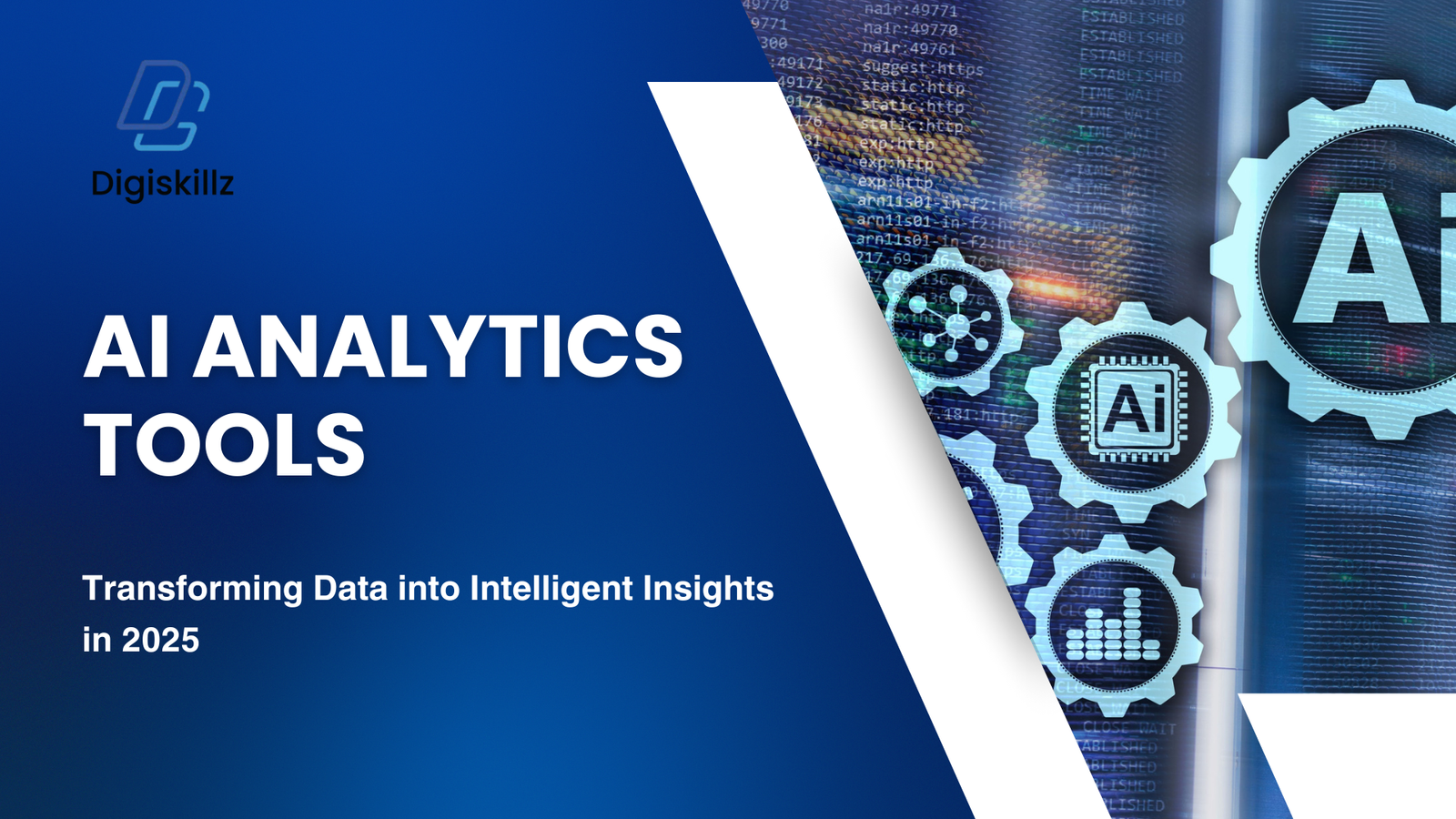
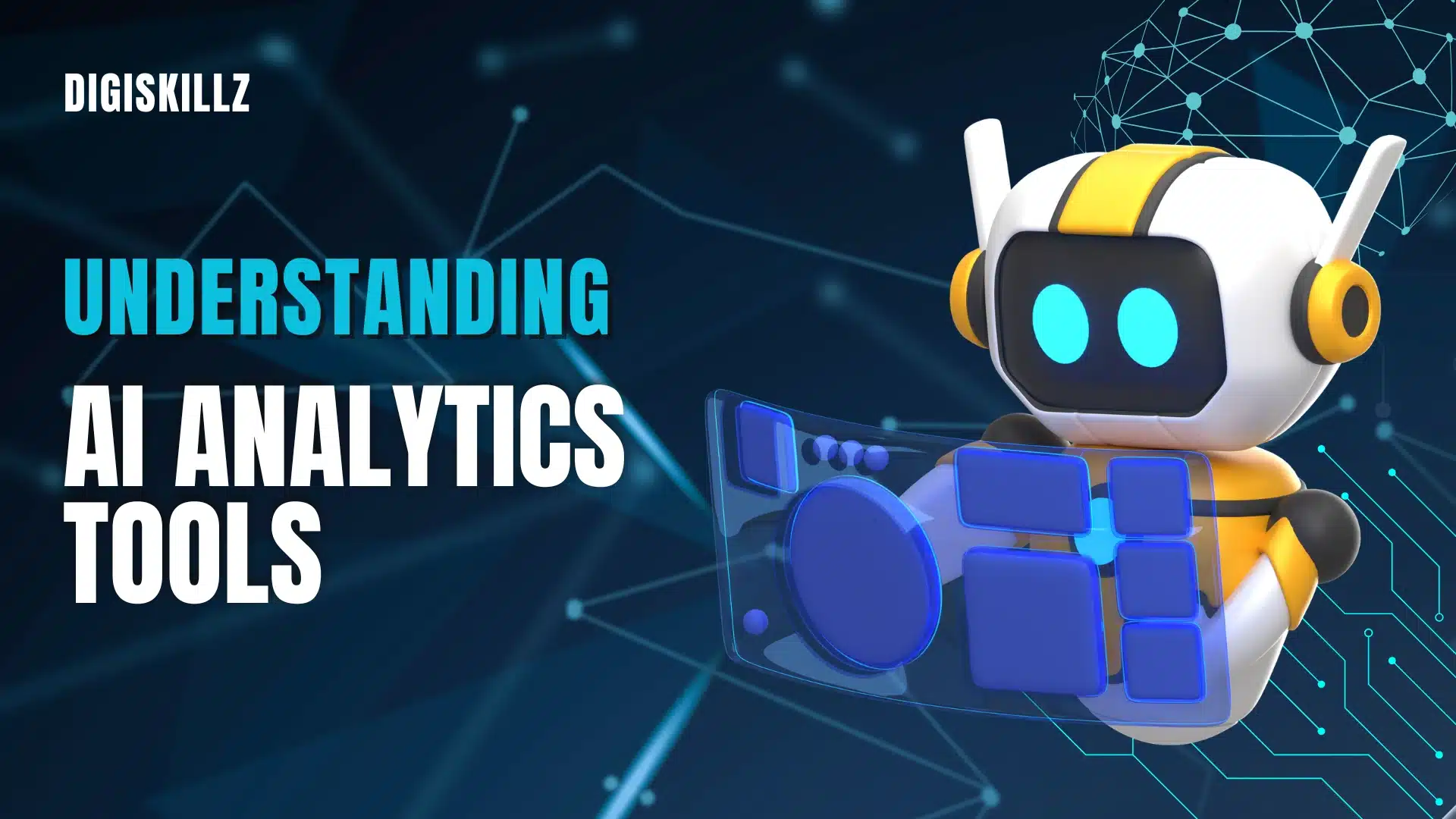
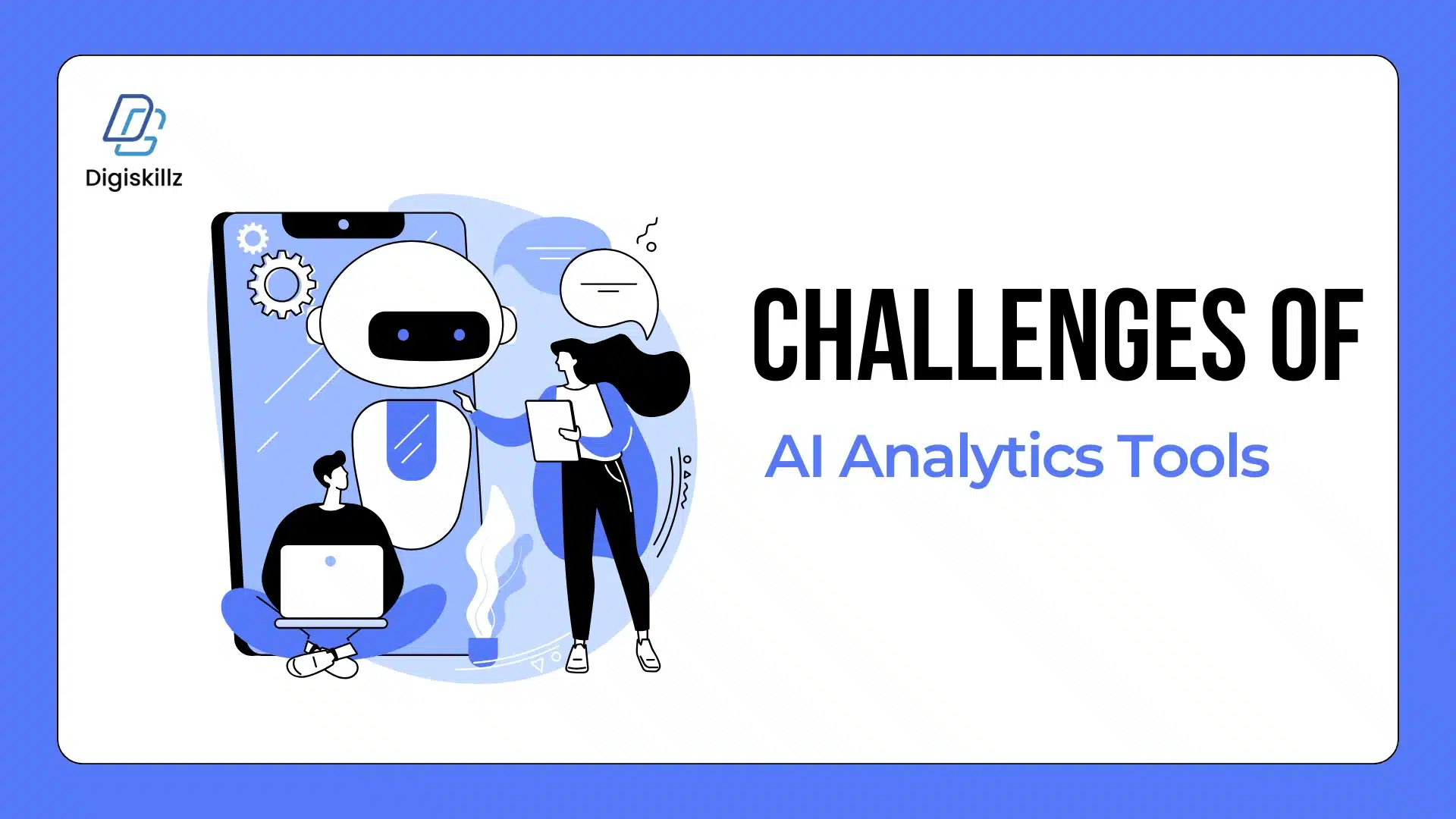
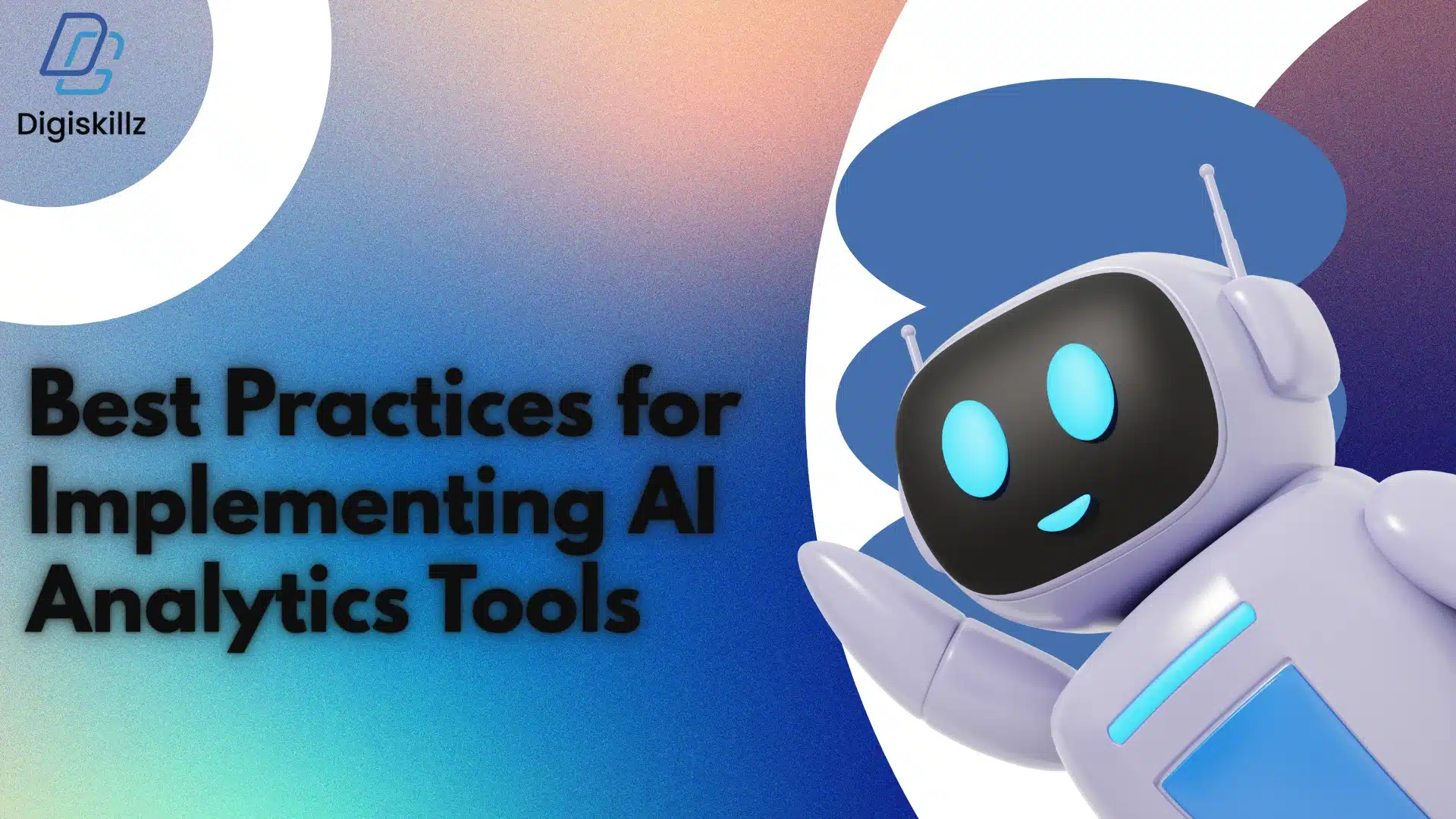


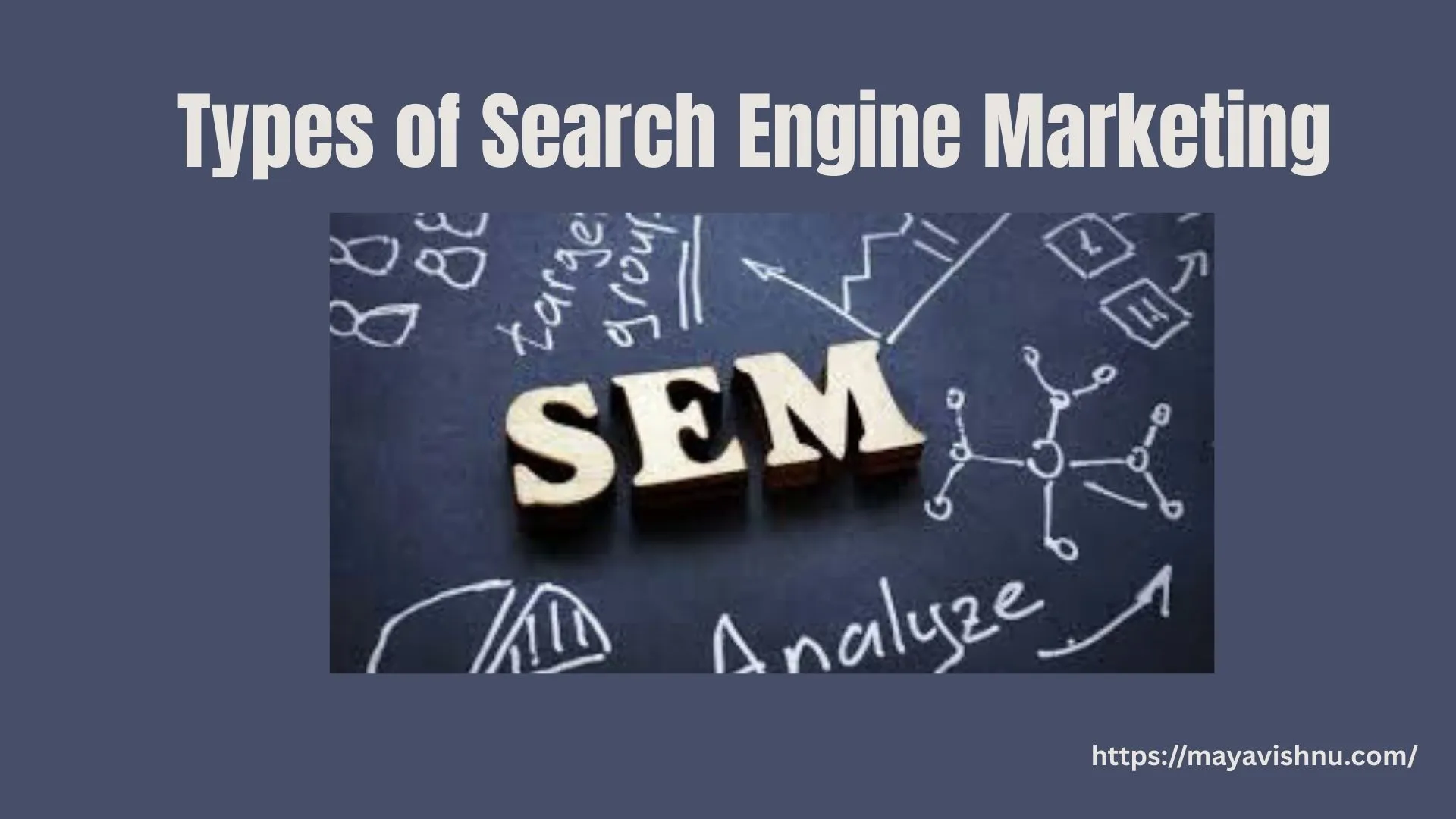
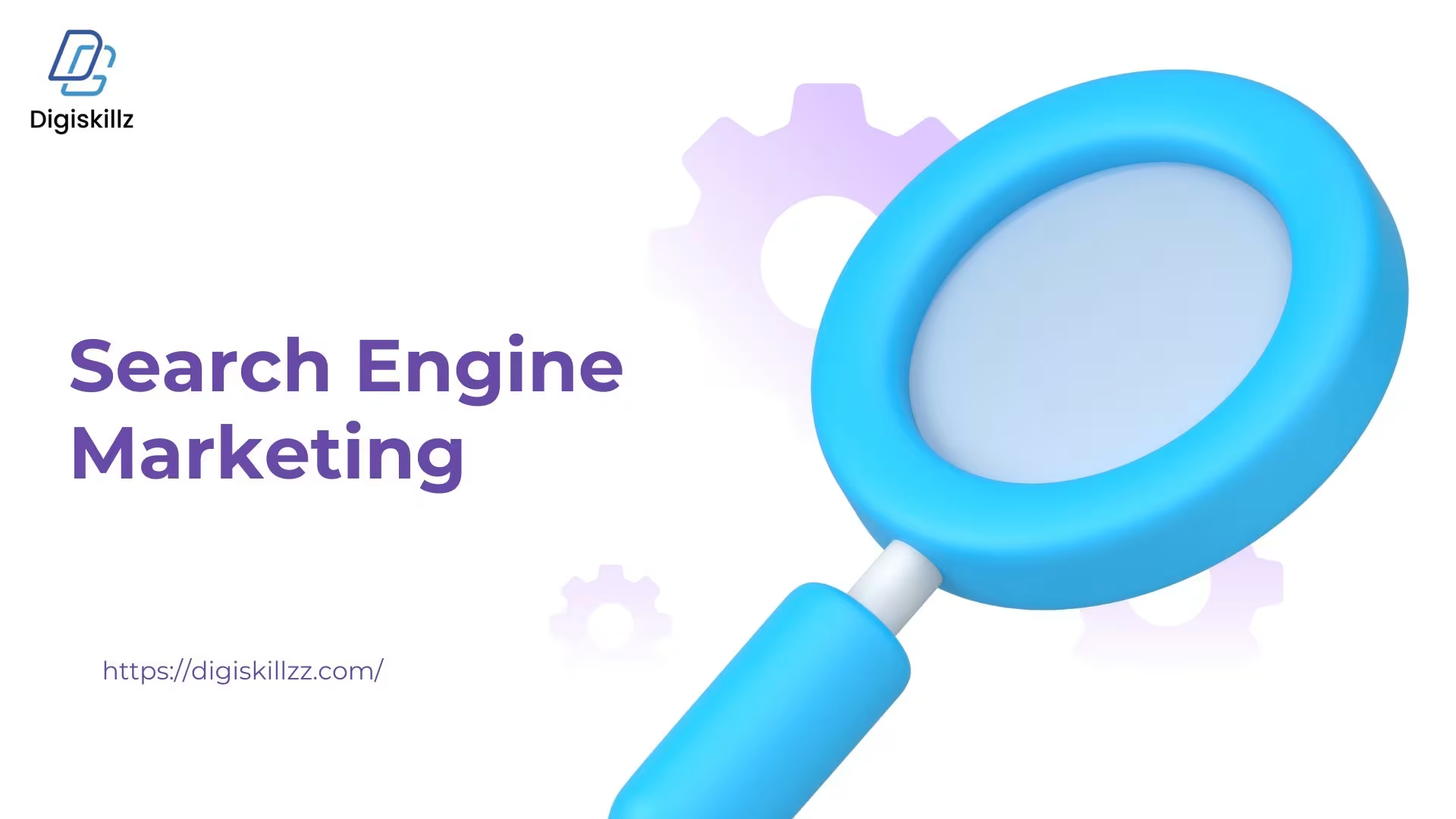

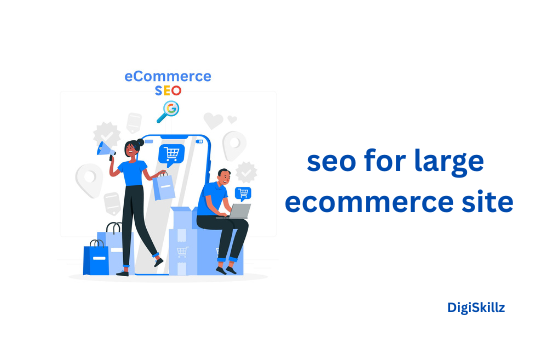

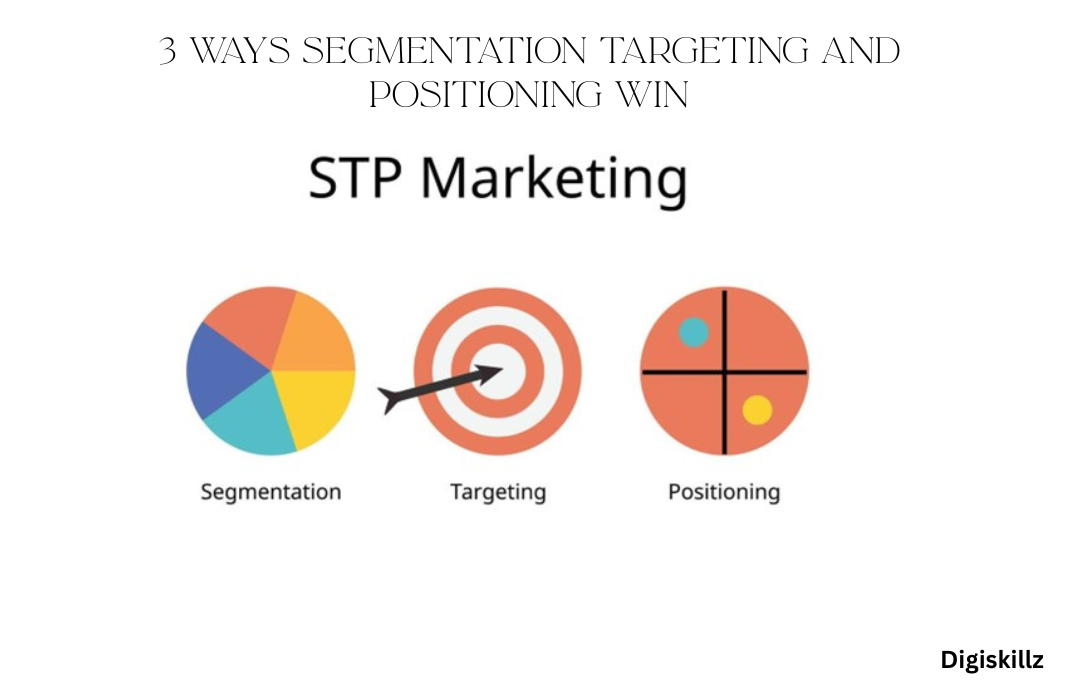
Leave A Comment